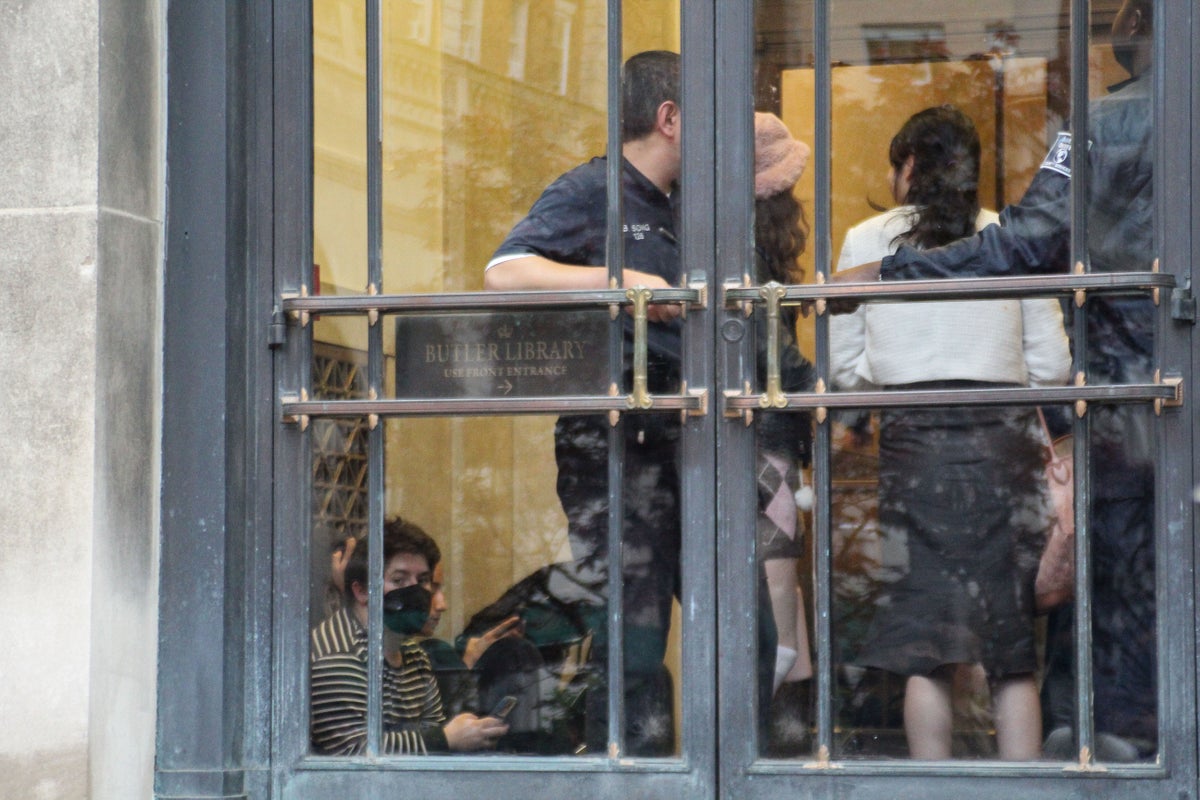ARTICLE AD BOX
A picturesque Italian town on the banks of Lake Garda was overwhelmed by tens of thousands of tourists this bank holiday weekend, as visitors swarmed its historic streets and stopped traffic.
The town of Sirmione, found on the southern tip of Italy’s largest lake, has become the latest destination to feel the weight of overcrowding as extremely high tourist numbers jammed up its streets and fairytale castle.
This historic town is no secret to tourists, having long been a favourite destination for visitors to northern Italy. Yet, Sirmione buckled under the weight of its own popularity this May bank holiday weekend as many used the extra day to head to the town for a short break.
Sirmione, known for its thermal springs, postcard-perfect old town backed by the expansive lake and Roman ruins at Grotte di Catullo, had its residents outnumbered by thousands looking to experience the town firsthand.
Videos have gone viral showing a gridlocked crowd almost at a standstill as a huge number of visitors tried to cram through the streets and over a small bridge and arch that leads to Castello Scaligero di Sirmione, the town’s 13th-century fortress.
Clips show people trying to meander around cars within the arch, while another TikTok video captures how busy the streets were throughout the town.
The TikTok user who posted the video said: “We left and went to Garda instead because it was on our way home. There were quite a few tourists, but not at all like that.”
“But since we had been on vacation for over a week already, we didn‘t realise it was Labour Day, so I guess it was kinda our fault.”
The first week of May included both May Day bank holiday in the UK, as well as Italian Labour Day. Both public holidays would have prompted people to take a short break to the lakeside location.
Visitors reportedly faced a 40-minute wait to get through the gates into Sirmione’s historic centre, while cars and buses became entangled within the crowds.
Local authorities estimated that about 75,000 people had visited Sirmione across the May Day bank holiday weekend, over nine times the number of the around 8,000 residents that live there, The Times reported.
Commenters under the videos of the tourist chaos related the situation to other European cities that have seen protests and campaign action against overwhelming amounts of visitors.
One TikTok user said: “Lately I'm hating tourists so much that I'm starting to understand the people of Barcelona.”
Another added: “As a person who lives in a tourist city, I understand the problem. Overtourism is not only a problem for citizens, but also for tourists, what did people enjoy about this trip?”
Marco Merlo, an advisor of a local hotel and tourist accommodation association, Federalberghi Brescia, said, according to The Times: “We’re very worried about public safety and the quality of life for tourists, residents and workers.
“We hope the council will involve us in finding effective and widely agreed strategies.”
Members of a local cultural association, Siamo Sirmione, which translates to “We are Sirmione”, also said that the people jam was the worst they had seen in the town.
“If this is the council’s management model, the risk is not just hardship for residents but a real and lasting harm for the tourism and image of Sirmione,” the group said.
Roberto Salaorni, a local councillor in Sirmione, said that while there are no plans in place to limit the number of people allowed over the narrow bridge that gives access to the castle, there needs to be better crowd control in place.
“This is the first thing to do, possibly installing a barrier at the entrance to the castle, which would enable us to manage exceptional situations such as we saw on Friday,” Mr Salaorni said, according to The Times.
“Controls are absolutely necessary, but I stress that we have never seen so many people before, not just in Sirmione but in the other towns around the lake.”
The Independent has contacted Siamo Sirmione and Visit Sirmione, the town’s tourist board, for comment.
For more travel news and advice, listen to Simon Calder’s podcast









 English (US) ·
English (US) ·